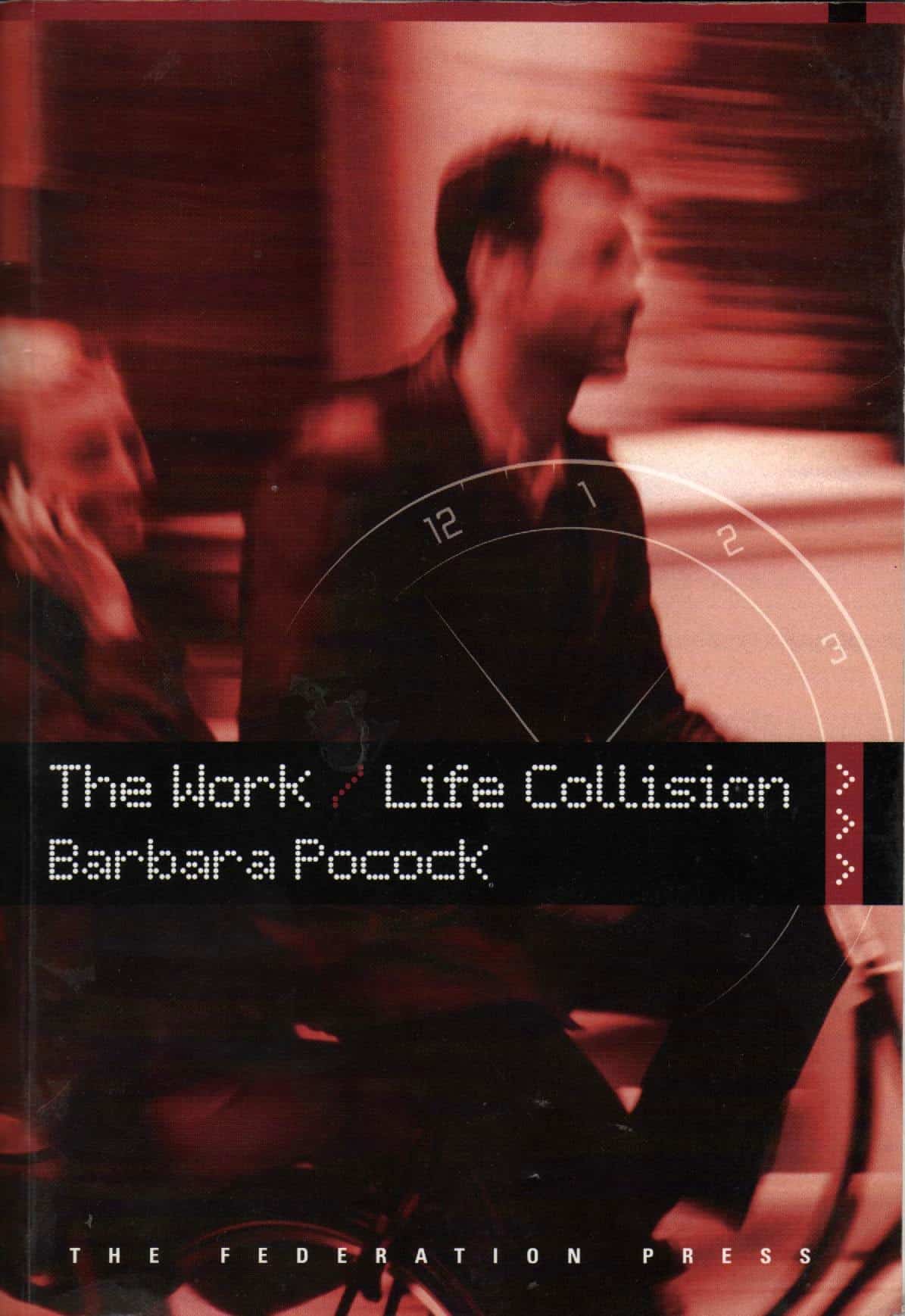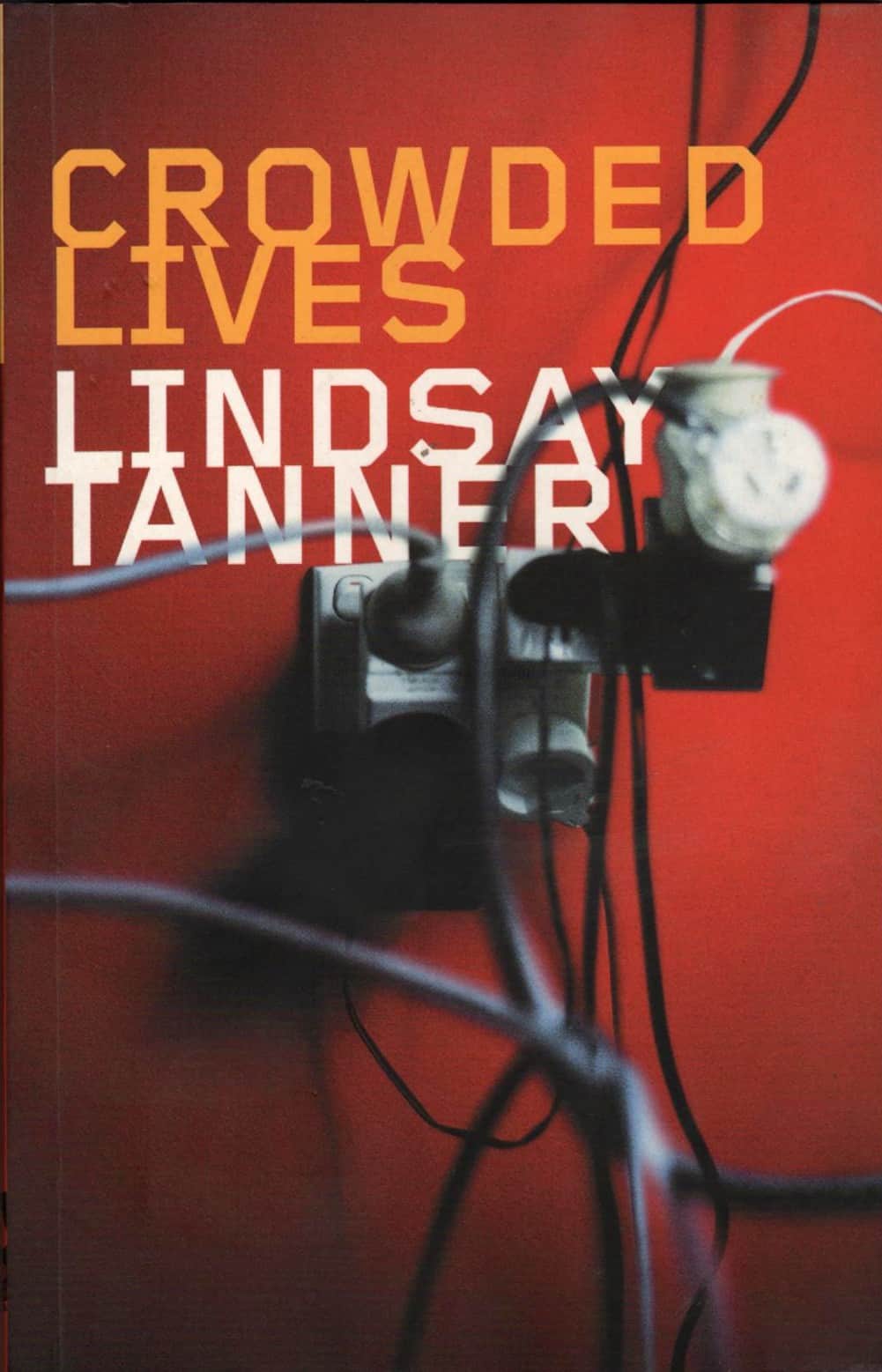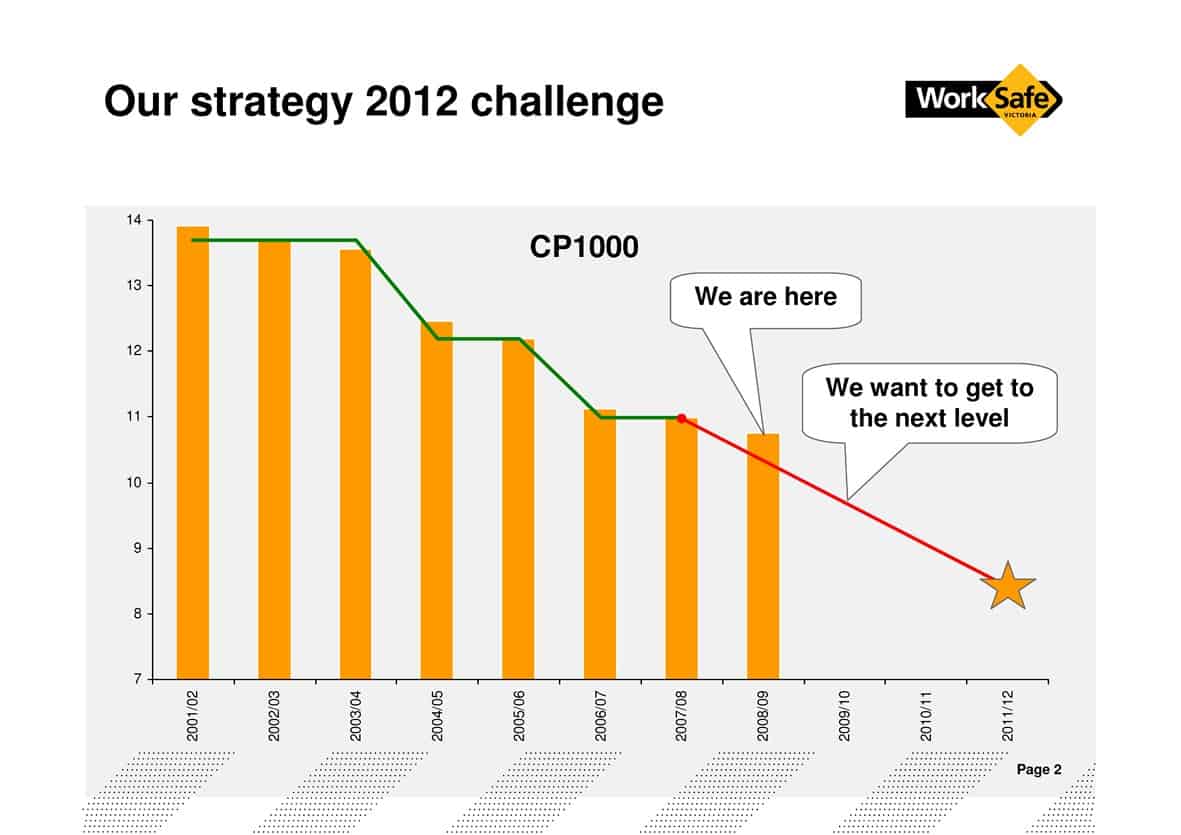Australian Standards have two, almost, distinct categories of standards – technical and management. A safety colleague reminded me of the distinction recently, a distinction that greatly helps the debate of Australian Standards’ authority.
Perhaps there continues to be a role for some Standards, such as construction-related standards, that deal specifically with the environmental climate and peculiarities of Australia. Bushfire-rated housing is an example that comes readily to mind.
My colleague also pointed out that as Australia has stopped manufacturing many articles of plant, the importation of plant from Asia and Europe has increased. In the government’s chase for the reduction in red tape, the need to re-engineer, in some cases, plant to local regulatory standards that “mirror” European standards seems to be an easy target for reform.
The previous article on standards should, perhaps, have ended questioning the management standards as these standards are those most readily supplanted by internationals – the ISOs and the BS. The challenge for Standards Australia is that thes Australian versions of the management standards are their biggest sellers.


 Work/life balance in Australia is skewed towards those workers who have young families or a role as a carer. This is due to work/life balance evolving from the feminist and social concepts of the 1970s and in response to the increased number of
Work/life balance in Australia is skewed towards those workers who have young families or a role as a carer. This is due to work/life balance evolving from the feminist and social concepts of the 1970s and in response to the increased number of 


